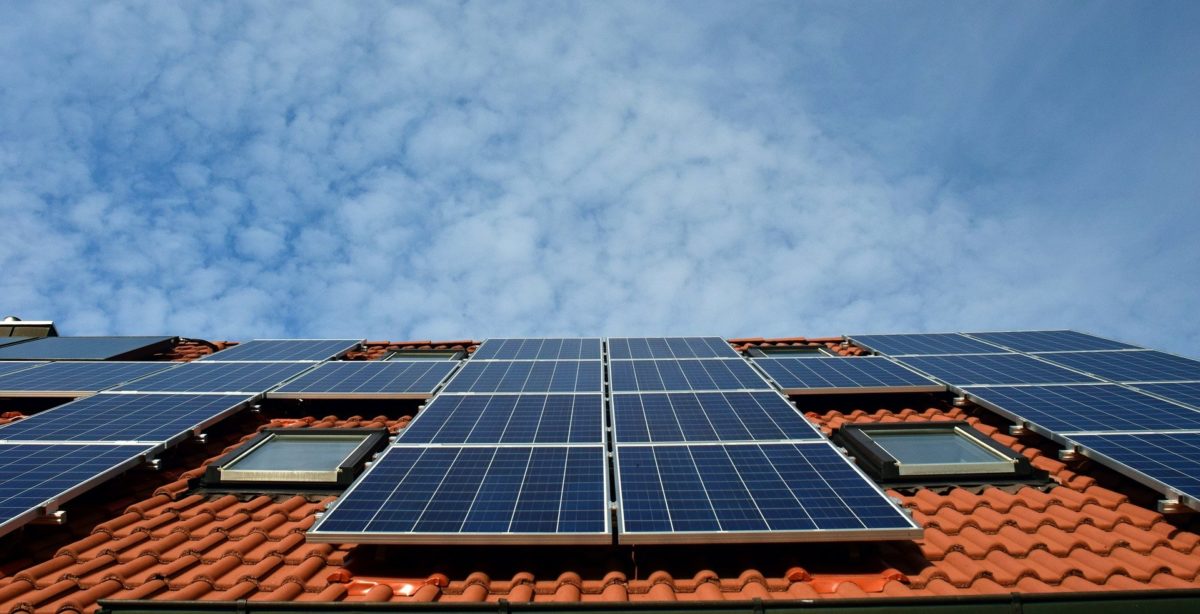ItsNotAboutTheMoney
Well-Known Member
It really comes down to policy which mixes welfare in with pricing because it's easier politically than separating them.The last number I heard was from the SE US I believe and it was at least 5 years ago. The base cost per connection was about $50 a month - so way higher than the $10 or $15 that is typical.
In the SE, the typical electric bill is $100 a month (again 5 years ago). The actual fuel/generation costs were about $50 and the base connection costs were about $50. This is ignoring the regulated approximately 12% profit.
Convert those numbers to CA and a few years later, I suspect you are at $100 base monthly cost per connection. That would be considered quite regressive and certainly not encourage conservation - as the usage costs would decline.
You have a conflict between transparency and conservation. No one seems to think the population can handle the full complex discussion. CA rates are somewhat of a subsidy to the poor. And in some ways not.
About 10 years ago, my solar rate in NC was net metered, between 5 and 6 cents a KWH, with a demand charge based on highest KW over a 15 min period during peak. For much of the time, the demand charge dominated. It was aroun $5 a KW. Interestingly Duke dropped it so when I moved and did solar again, I am now on a typical rate - 11 cents or so.
Demand charges made sense 10 years ago and make more sense today. It is complicated but transparent so the 400A panel person pays more (likely) than the 100A person with solar. I say likely because I had 400A but I could get my demand to 3-5 KW nearly every month. And I was way more electric than the typical CA - dryer, oven, hot water, heat pumps etc. We did have NG backup on the heat which helped minimize peak demand in the winter and I had staged A/C that I could restrict to low stage until off peak.
Demand charges could really hurt renters who don't have much control over things. So again, the regressive nature of proper rate structures is a big barrier.
It really all comes down to income inequality....
What should happen:
Public good: use general taxation revenue
Service: use accurate pricing
What actually happens:
Service: inaccurate pricing and additional taxes and fees cross-subsidizing service costs for the public good
If accurate pricing is a problem for certain groups, then the problem needs to be corrected in policy like minimum wage, welfare, building code and appliance standards, not by making others pay an inflated amount for the same service.




